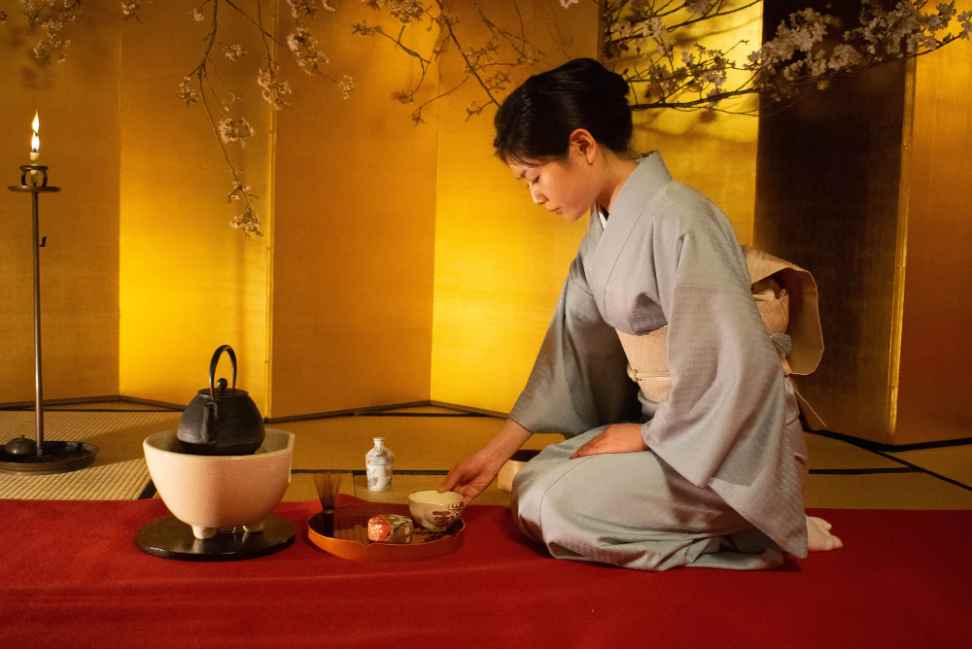11xplay Reddy Login, Betbhai9, T20exchange: Tea ceremony, known as “chanoyu” or “sado” in Japanese, has a rich history dating back to the 9th century in Japan. Influenced by Zen Buddhism and introduced by Chinese monks, tea was initially consumed for its medicinal properties and later evolved into a ritualistic practice that emphasized harmony, respect, purity, and tranquility.
During the Muromachi period (1336-1573), the renowned tea master Sen no Rikyu played a significant role in elevating the tea ceremony to an art form. Rikyu’s teachings emphasized simplicity and mindfulness, influencing the development of the tea ceremony into a profound cultural practice that continues to be cherished in Japan today.
Origins of Tea Ceremony Rituals
The origins of the tea ceremony rituals in Japan can be traced back to the 9th century when tea was first introduced to Japan from China. Initially used for its medicinal properties, tea gradually evolved into a beloved social and cultural activity amongst the elite class. It was during the Muromachi period in the 15th century that the tea ceremony, known as chanoyu or sado, as we know it today, began to take shape under the influence of tea masters such as Sen no Rikyu.
The tea ceremony rituals are steeped in Zen Buddhism and are centered around the principles of harmony, respect, purity, and tranquility. The act of preparing and serving tea is considered a meditative practice that encourages mindfulness and fosters a sense of connection between the host and the guests. Each movement in the tea ceremony, from the precise preparation of the tea to the way it is served and consumed, is infused with symbolism and meaning, emphasizing the importance of being present in the moment.
Significance of Tea Ceremony in Japanese Culture
Tea ceremonies hold a prominent place in Japanese culture, reflecting principles of harmony, respect, purity, and tranquility. The intricate rituals associated with the ceremony not only focus on the preparation and consumption of tea but also emphasize mindfulness and appreciation for the moment. Through the process of preparing and serving tea, participants cultivate a sense of connection with nature and with one another, promoting a deeper understanding of themselves and their surroundings.
The significance of the tea ceremony extends beyond the mere act of drinking tea, serving as a means for individuals to engage in a shared experience that fosters communication and mutual understanding. It is a powerful tool for building relationships and fostering a sense of unity among participants, regardless of social status or background. By adhering to the precise etiquette and movements involved in the ceremony, participants are able to find a sense of calm and presence in the midst of a hectic world, making the tea ceremony a cherished tradition in Japanese society.
� The tea ceremony promotes mindfulness and appreciation for the present moment
� Participants cultivate a sense of connection with nature and each other through the rituals
� It fosters communication, mutual understanding, and unity among individuals
� Adhering to precise etiquette brings a sense of calm and presence in a hectic world
What is the history of Tea Ceremony in Japan?
The Tea Ceremony, also known as Chanoyu or Sado, has a long history in Japan dating back to the 9th century when tea seeds were brought from China. It was later perfected and popularized by tea master Sen no Rikyu in the 16th century.
What are the origins of Tea Ceremony rituals?
Bet365 ID, Play247 Online, Iceexchange: The rituals of the Tea Ceremony were influenced by Zen Buddhism and were developed as a way to promote mindfulness, tranquility, and harmony. The ceremony focuses on the preparation and serving of matcha, a powdered green tea.
Why is the Tea Ceremony significant in Japanese culture?
The Tea Ceremony is considered a highly respected art form in Japan and is associated with principles such as harmony, respect, purity, and tranquility. It is seen as a way to cultivate inner peace, mindfulness, and connection with others.
How is the Tea Ceremony practiced in modern Japan?
While the traditional Tea Ceremony is still practiced in Japan, there are also modern variations that cater to different preferences and lifestyles. Many people participate in Tea Ceremony classes or attend tea gatherings to experience the beauty and tranquility of the ritual.

